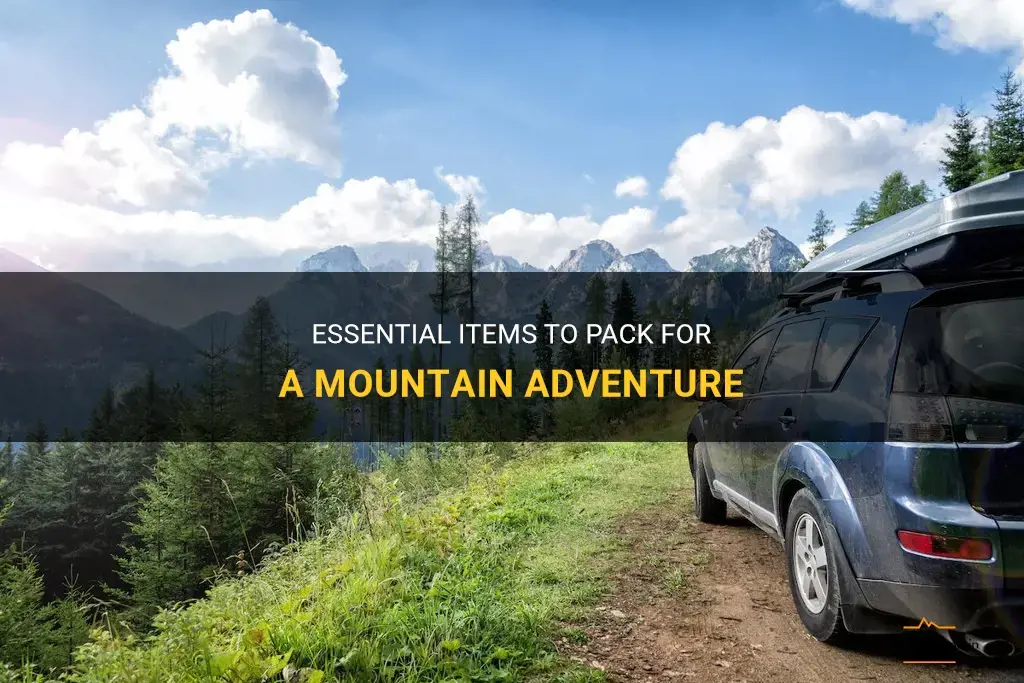
Are you planning a thrilling mountain adventure? Whether you're embarking on a challenging hike or planning a camping trip in the mountains, packing the right essentials is crucial for a successful and enjoyable experience. From proper clothing and gear to emergency supplies, this guide will highlight the essential items you shouldn't leave behind. With these must-haves in your backpack, you'll be fully prepared to conquer the mountains and create unforgettable memories.
| Characteristics | Values |
|---|---|
| Warm clothing | ✔️ |
| Rain jacket | ✔️ |
| Hiking boots | ✔️ |
| Extra socks | ✔️ |
| Hat | ✔️ |
| Gloves | ✔️ |
| Sunglasses | ✔️ |
| Sunscreen | ✔️ |
| Water bottle | ✔️ |
| Snacks | ✔️ |
| Map | ✔️ |
| Compass | ✔️ |
| Headlamp | ✔️ |
| First aid kit | ✔️ |
| Whistle | ✔️ |
| Portable charger | ✔️ |
| Survival blanket | ✔️ |
| Trekking poles | ✔️ |
| Camera | ✔️ |
| Trash bag | ✔️ |
What You'll Learn
- What are the essential clothing items to pack for a trip to the mountains?
- What types of shoes are recommended for hiking or walking in the mountains?
- Are there any specific accessories or gear that should be packed for mountain activities?
- How should one prepare for changes in weather and temperature while in the mountains?
- What are some safety items that should be included in a mountain packing list?

What are the essential clothing items to pack for a trip to the mountains?
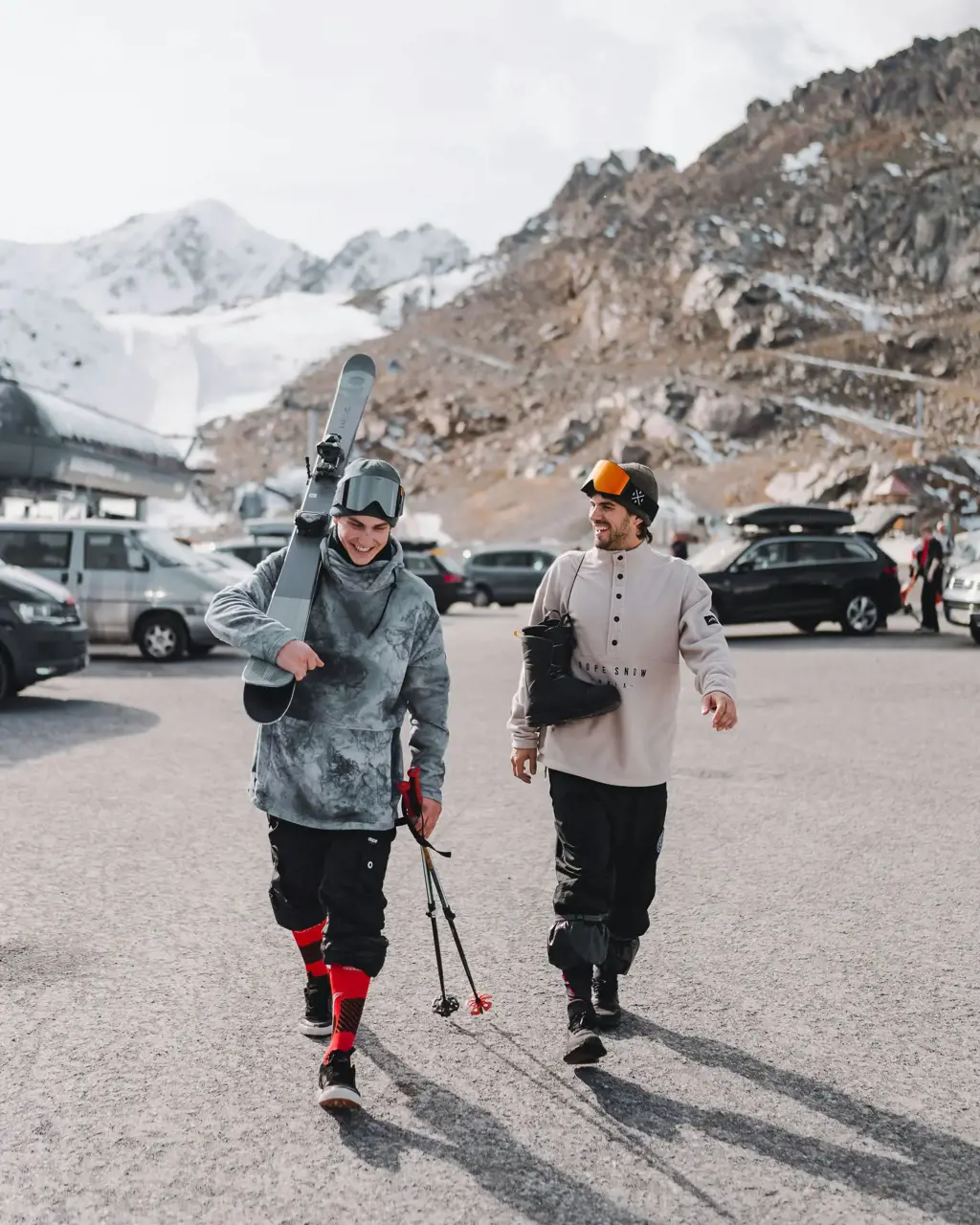
When planning a trip to the mountains, it is essential to pack the right clothing items to ensure comfort and safety. The mountain weather can be unpredictable, with temperature changes and harsh conditions. This article will guide you through the essential clothing items to pack for a trip to the mountains.
- Base Layers: Base layers are the foundation of your mountain clothing. Choose moisture-wicking and quick-drying materials, such as merino wool or synthetic fibers. These will keep you dry and regulate your body temperature, whether it is hot or cold outside. Pack both long-sleeve and short-sleeve base layers for layering options.
- Insulated Jacket: An insulated jacket is crucial for keeping you warm in cold mountain environments. Look for a jacket with synthetic or down insulation that is lightweight and compressible. This layer will trap heat and provide insulation against the cold temperatures.
- Shell Jacket: A waterproof and windproof shell jacket is essential for protecting you from the elements. Look for jackets made with a breathable fabric to prevent overheating during physical activities. The jacket should have a hood and adjustable cuffs to seal off any gaps that might let in snow or rain.
- Waterproof Pants: In addition to a shell jacket, waterproof pants are necessary to keep your lower body dry. Look for pants that are durable, breathable, and have reinforced knees and seat areas. Ankle zippers or integrated gaiters are also useful for fitting over snow boots.
- Fleece or Insulating Layers: Fleece or insulating layers provide extra warmth when the temperatures drop. These layers can be worn under the insulated jacket or as standalone pieces during milder weather. Look for lightweight and breathable options that are easy to layer.
- Gloves: Having a good pair of gloves is essential for protecting your hands in cold and snowy conditions. Look for gloves that are waterproof, insulated, and have good dexterity for easy movement. Consider packing a couple of pairs, including thinner gloves for more moderate temperatures and thicker gloves for extreme cold.
- Hat and Neck Gaiter: A warm hat that covers your ears is essential for preventing heat loss. Additionally, a neck gaiter or scarf can protect your neck and face from windburn. Look for materials that provide insulation but are also breathable.
- Hiking Socks: Invest in a few pairs of quality hiking socks. Look for socks that are moisture-wicking, quick-drying, and provide cushioning and support. These socks will keep your feet dry and prevent blisters during long hikes.
- Hiking Boots: Choose a pair of sturdy and waterproof hiking boots with ankle support. It is crucial to have reliable footwear that can handle the rugged terrains and provide traction on slippery surfaces. Break in your boots before your trip to avoid discomfort and blisters.
- Sunglasses and Sunscreen: Even in the mountains, the sun can be intense. Protect your eyes and skin by wearing sunglasses with UV protection and applying sunscreen on exposed areas. The sun's reflection off the snow can be particularly harmful, so be sure to have adequate protection.
Packing the right clothing items for a trip to the mountains can greatly enhance your comfort and safety. Remember to check the weather forecast before your trip and adjust your clothing choices accordingly. Layering is key in mountain environments, as it allows you to adapt to temperature changes throughout the day. By following these tips, you'll be well-prepared for your mountain adventure.
Essential Items to Include on Your Baby Delivery Checklist
You may want to see also

What types of shoes are recommended for hiking or walking in the mountains?
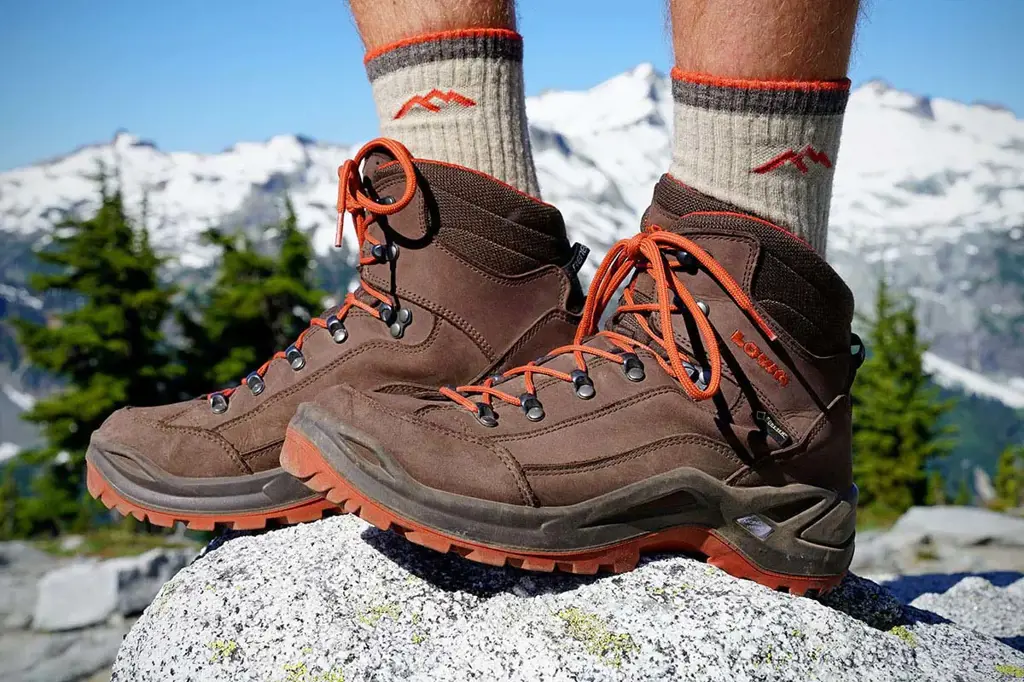
Why Shoes are Important for Hiking and Walking in the Mountains
Hiking and walking in the mountains can be a rewarding and exhilarating experience. However, it is vital to have the right footwear to ensure your safety and comfort during these activities. The rugged and uneven terrain of mountains demands shoes that provide stability, support, and protection. In this article, we will explore the different types of shoes recommended for hiking and walking in the mountains and discuss their benefits.
- Hiking Boots: Hiking boots are among the most popular choices for mountain hiking and walking. They are specifically designed to provide ankle support, stability, and protection from rocks, debris, and uneven terrain. Hiking boots are typically made with durable materials, such as leather or synthetic fabrics, and feature a sturdy sole with good traction. They provide excellent support for long hikes and help prevent ankle sprains and injuries.
- Trail Running Shoes: Trail running shoes are another option for hiking and walking in the mountains. These shoes are specifically designed for off-road running and offer a combination of support, flexibility, and traction. They are lighter than hiking boots and are ideal for individuals who prefer a more agile and lightweight shoe. Trail running shoes have a grippy outsole that provides excellent traction on uneven surfaces and rocky terrain.
- Approach Shoes: Approach shoes are a specialized type of footwear designed for rock climbing approaches and technical terrain. They offer a combination of hiking and climbing features, making them ideal for mountain hikes that involve scrambling and traversing steep and rocky slopes. Approach shoes have a sticky rubber outsole that provides excellent grip on rocks and a durable upper that offers protection from abrasion.
- Mountaineering Boots: For more advanced mountain hikes and expeditions that involve glacier travel or mountaineering, mountaineering boots are recommended. These boots are specifically designed to withstand extreme cold temperatures and provide maximum support and insulation. They feature a rigid sole for crampon compatibility and a high-cut design for ankle support. Mountaineering boots are heavy and less flexible than hiking boots but offer unparalleled protection and stability in harsh mountain environments.
No matter which type of shoe you choose, there are a few key factors to consider when selecting footwear for hiking and walking in the mountains:
- Proper Fit: Shoes should fit well and provide enough room for your toes to wiggle without being too loose. Ill-fitting shoes can cause discomfort, blisters, and foot pain during long hikes.
- Traction: Shoes should have a good grip on various surfaces, including wet rocks, loose gravel, and muddy trails. Look for shoes with a sticky or lugged outsole that provides excellent traction.
- Waterproofing: Mountains are often prone to unpredictable weather, so having waterproof or water-resistant shoes is essential. This will help keep your feet dry and prevent discomfort and blisters.
- Breathability: Shoes that allow your feet to breathe are essential to prevent sweat buildup and reduce the risk of blisters. Look for shoes made with breathable materials, such as mesh panels or Gore-Tex, which allow air circulation while keeping water out.
- Ankle Support: Choose shoes that provide adequate ankle support to prevent sprains and injuries on uneven and rocky terrain. Hiking boots and mountaineering boots are designed to offer excellent ankle stability.
In conclusion, having the right footwear is crucial for hiking and walking in the mountains. Hiking boots, trail running shoes, approach shoes, and mountaineering boots are all recommended options, depending on the difficulty and technicality of the terrain you plan to explore. Consider factors such as fit, traction, waterproofing, breathability, and ankle support when selecting your shoes. Remember, investing in high-quality shoes that are suitable for mountain hiking will ensure your comfort, safety, and enjoyment throughout your outdoor adventures.
Essential Packing Guide for an Unforgettable Trip to Patagonia in April
You may want to see also

Are there any specific accessories or gear that should be packed for mountain activities?
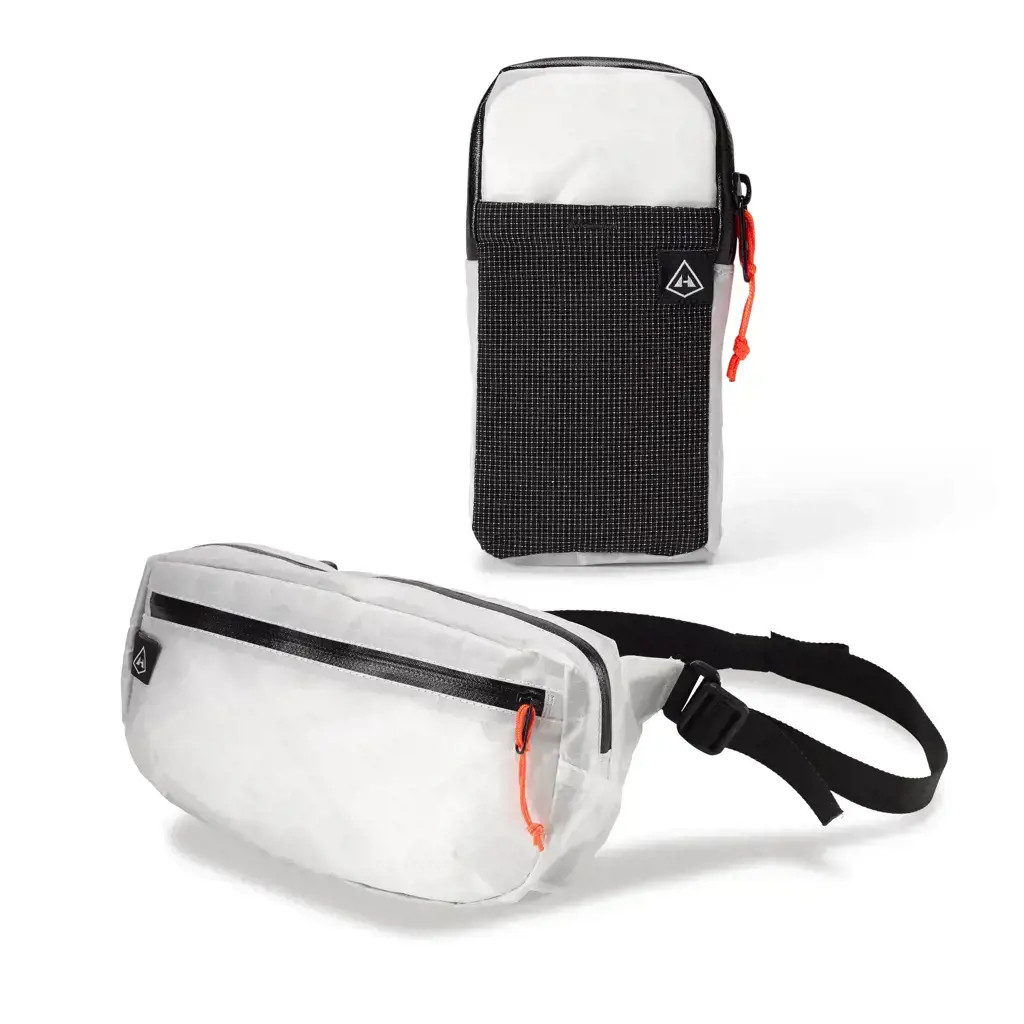
When preparing for mountain activities, it is crucial to bring along the appropriate accessories and gear to ensure safety and comfort throughout the journey. Whether you are embarking on a hike, climb, or any other mountain-related adventure, the following items should be considered essential.
Proper footwear:
Investing in a good pair of hiking boots is essential for navigating the rugged terrain of the mountains. Look for boots that provide ankle support, have a sturdy sole for traction, and are waterproof to protect your feet from wet conditions.
Layered clothing:
Mountains can bring unpredictable weather conditions, so it is important to dress in layers. This allows you to add or remove clothing as needed to regulate your body temperature. Start with a moisture-wicking base layer, followed by an insulating mid-layer, and finish with a waterproof outer layer to protect against wind and rain.
Backpack:
A reliable backpack is essential for carrying all of your gear and supplies. Look for one that is comfortable to wear for extended periods, has multiple compartments for organization, and is durable enough to withstand rugged conditions.
Navigation tools:
Carrying a map, compass, and GPS device (or smartphone with a reliable mapping app) is crucial for staying on course and finding your way in unfamiliar terrain. Familiarize yourself with the use of these tools before your trip to ensure you can navigate with confidence.
Headlamp or flashlight:
Mountains often present low light conditions, especially during early morning starts or late evening finishes. Having a headlamp or flashlight on hand will allow you to navigate safely in low light situations and can be a lifesaver if you find yourself stranded after dark.
First aid kit:
Accidents can happen in any outdoor environment, so it is essential to carry a well-stocked first aid kit. Ensure it contains bandages, antiseptic ointment, pain medication, blister treatment, and any other supplies you may need for minor injuries or emergencies.
Extra food and water:
Mountain activities can be physically demanding, so it is important to pack enough food and water to sustain yourself throughout your journey. Opt for lightweight, non-perishable food items that are easy to eat on the go and bring enough water to keep you hydrated throughout the day.
Safety equipment:
Depending on the nature of your mountain activity, additional safety equipment may be necessary. This can include items such as a helmet for climbing or mountaineering, a harness and ropes for technical routes, or a personal locator beacon for emergency situations.
It is also important to consider the specific requirements of your chosen mountain activity and pack accordingly. For example, if you are planning to camp overnight, you will need to bring a tent, sleeping bag, and cooking equipment. Alternatively, if you are embarking on a winter ascent, you will need to pack extra layers, crampons for ice traction, and an ice axe for self-arrest.
In conclusion, when planning for mountain activities, it is essential to pack the appropriate accessories and gear to ensure safety, comfort, and preparedness. Proper footwear, layered clothing, a backpack, navigation tools, lighting, first aid supplies, food and water, and any additional safety equipment specific to your activity are all crucial items to include. By being well-prepared, you can fully enjoy your mountain adventure while minimizing potential risks.
Essential Items for a Memorable Cabot Trail Adventure: A Guide to Packing Right
You may want to see also

How should one prepare for changes in weather and temperature while in the mountains?
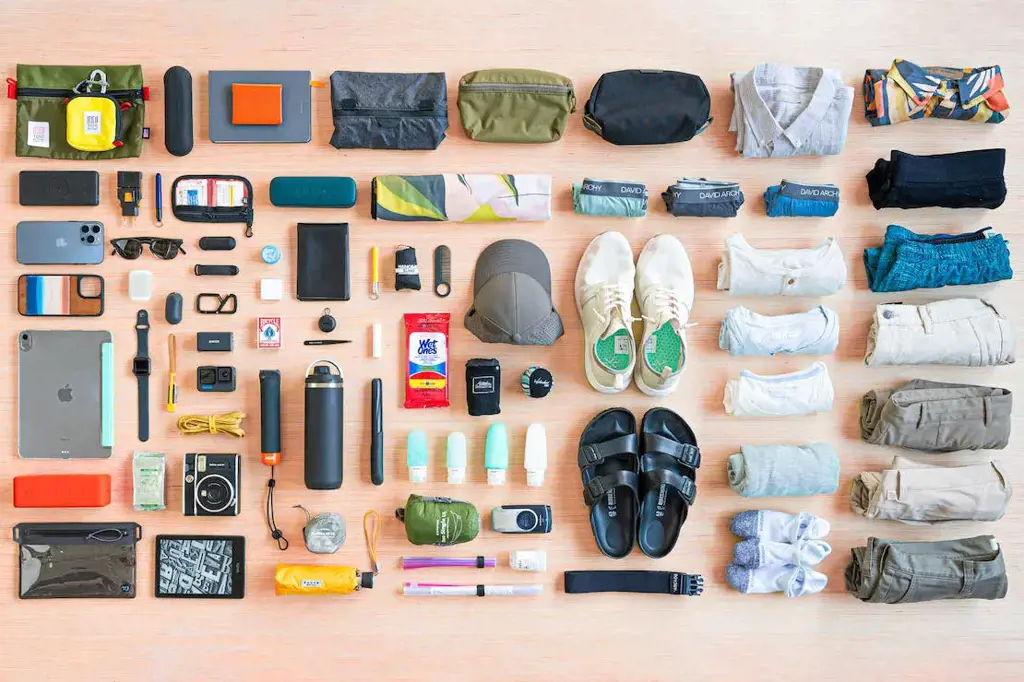
When heading into the mountains, it's crucial to be prepared for the ever-changing weather and temperature conditions. The mountains present unique challenges, with weather patterns that can change rapidly and drastically. To ensure a safe and enjoyable trip, it's essential to take the necessary steps before and during your journey.
- Check the weather forecast: Before embarking on your mountain adventure, check the weather forecast for the area you'll be visiting. Pay attention to factors such as temperature, wind speed, and the chance of precipitation. This information will help you pack appropriate clothing and gear and make any necessary adjustments to your plans.
- Dress in layers: Layering is key when it comes to dressing for mountainous terrain. Start with a moisture-wicking base layer that helps keep you dry and comfortable. Add a mid-layer for insulation and warmth, such as a fleece or down jacket. Finally, top it off with a waterproof and windproof outer layer to protect you from the elements. This layering system allows you to adjust your clothing based on the temperature and activity level.
- Bring essential gear: In addition to proper clothing, there are several essential gear items you should have with you. These may include a sturdy backpack, water bottle, navigation tools (maps, compass, GPS), headlamp, first aid kit, and emergency shelter (such as a lightweight tent or emergency bivvy). These items will come in handy in case of unexpected weather changes or emergencies.
- Stay hydrated and fueled: Staying hydrated and properly fueling your body is crucial for maintaining energy and preventing altitude sickness. Drink plenty of water, even if you don't feel thirsty, and avoid excessive caffeine and alcohol consumption. Carry high-energy snacks that are easy to eat on the go, such as trail mix or energy bars. It's also important to eat a balanced meal before heading out to provide your body with the necessary fuel.
- Be aware of altitude effects: As you ascend in the mountains, the altitude increases, and the air becomes thinner. This can lead to altitude sickness, characterized by symptoms such as headaches, dizziness, nausea, and fatigue. Take time to acclimatize by ascending slowly and giving your body time to adjust. If you notice any symptoms of altitude sickness, descend to a lower elevation and seek medical assistance if necessary.
- Monitor the weather during your trip: Weather conditions can change rapidly in the mountains, so it's important to stay vigilant. Keep an eye on the sky for signs of approaching storms or changing weather patterns. If you notice dark clouds, increasing winds, or sudden drops in temperature, it's wise to head back to lower elevations or seek shelter until the weather improves.
- Be prepared for emergencies: In case of emergencies, it's crucial to be prepared. Carry a fully charged cell phone and a backup power bank, but be aware that cell service may be limited or nonexistent in remote mountain areas. Familiarize yourself with the closest ranger stations or emergency services, and let someone know your itinerary and when you expect to return.
In conclusion, preparing for changes in weather and temperature while in the mountains requires careful planning and the right gear. By checking the weather forecast, dressing in layers, bringing essential gear, staying hydrated and fueled, being aware of altitude effects, and monitoring the weather during your trip, you can mitigate the risks and enjoy your mountain adventure to the fullest. Remember, safety should always be the top priority.
Packing List for Taman Negara: Essential Items for Your Adventure
You may want to see also

What are some safety items that should be included in a mountain packing list?
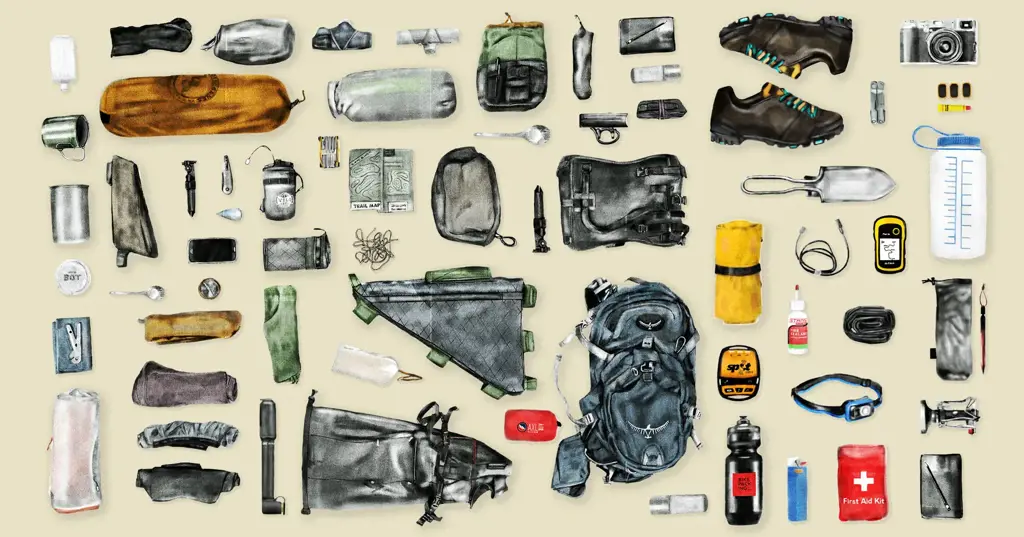
When planning a trip to the mountains, it is crucial to prioritize safety. Including the right items in your packing list can help ensure your well-being while enjoying the great outdoors. Here are some essential safety items that should be included in a mountain packing list:
- First Aid Kit: Accidents can happen anytime, so it is important to have a well-stocked first aid kit. This should include adhesive bandages, gauze pads, antiseptic ointment, blister treatments, pain relievers, and any personal medication that may be needed.
- Map and Compass: It is easy to get lost in the mountains, especially if you venture off the beaten path. Carry a map of the area you plan to explore, along with a compass to help you navigate. It is advisable to learn basic map reading and compass skills before embarking on your trip.
- Headlamp or Flashlight: Always pack a reliable source of light, such as a headlamp or flashlight, in case you find yourself hiking after dark. Additionally, bring extra batteries or a power bank to ensure you never run out of power.
- Whistle: A whistle is a simple and effective tool for signaling for help. It can carry sound over much longer distances than shouting. Include a whistle in your pack and attach it to your backpack or clothing where it is easily accessible.
- Fire Starter: In case of an emergency or unforeseen circumstances, having a reliable fire starter can be crucial. Include waterproof matches, a lighter, or a fire starter kit in your packing list. Familiarize yourself with the fire regulations of the area you plan to visit, as some places may have restrictions on lighting fires.
- Emergency Shelter: Pack a lightweight emergency shelter, such as a bivy sack or emergency blanket. These can provide protection against the elements if you become stranded or injured.
- Knife or Multi-tool: A versatile tool such as a knife or multi-tool can be invaluable in the mountains. It can be used for various tasks such as cutting rope or repairing gear. Choose a compact and sturdy option that suits your needs.
- Personal Locator Beacon (PLB): If you frequently venture into remote or challenging terrains, consider investing in a PLB. These devices use satellite technology to broadcast your location in case of an emergency. Make sure to register your PLB before use and understand its operation.
- Extra Clothing and Rain Gear: The weather in the mountains can change rapidly, so be prepared for various conditions. Pack extra layers of clothing to stay warm, including a waterproof jacket and pants to protect against rain or snow.
- Communication Device: Depending on the area and your level of comfort, consider carrying a communication device to stay connected. This could be a cell phone, two-way radios, or a satellite phone. However, keep in mind that cell phone reception may be limited in more remote locations.
Remember, this is not an exhaustive list, and additional safety items may be required based on the specific terrain, weather conditions, and duration of your trip. Always research and prepare accordingly before heading into the mountains. It is also advisable to inform a trusted person about your travel plans, including your expected itinerary and return date. Stay safe and enjoy your mountain adventure!
Must-Have Items to Pack for Your Cruise to Cozumel
You may want to see also
Frequently asked questions
When packing for a mountain trip, it is important to consider the weather and terrain. Be sure to bring warm clothing, such as layers, sweaters, and a good quality jacket, as temperatures can drop significantly in the mountains. It is also recommended to pack sturdy hiking boots, as the terrain can be uneven and rocky. Don't forget to bring a hat, gloves, and a scarf, as well as sunscreen and sunglasses to protect yourself from the sun's rays at higher elevations. Lastly, don't forget to pack essentials such as a first aid kit, water bottle, and a backpack to carry your belongings during hikes.
Depending on the activities you have planned, you may need to bring specialized equipment. If you are planning on hiking, it is essential to have a good quality backpack, hiking poles, and a map or compass. For winter mountain trips, you may need to bring snowshoes or crampons for traction on slippery terrain. Additionally, if you are planning on camping overnight, you will need to pack a tent, sleeping bag, and cooking supplies.
It is important to pack clothing that is suitable for the mountain conditions. Layers are key, as they allow you to adjust your clothing to the fluctuating temperatures. Start with a moisture-wicking base layer, such as synthetic or merino wool, to keep you dry and regulate your body temperature. On top of that, add a mid-layer for insulation, such as a fleece or down jacket. Finally, top it off with a waterproof and windproof outer layer to protect you from the elements. Don't forget to bring a few pairs of moisture-wicking socks, as well as a hat, gloves, and a scarf to keep your extremities warm.
Altitude sickness can be a concern when traveling to high elevations. It is advisable to pack over-the-counter medications such as acetazolamide (Diamox) to help prevent altitude sickness. It may also be helpful to bring pain relievers for any headaches that may arise. Staying hydrated is crucial, so be sure to pack a reusable water bottle and drink plenty of fluids. Additionally, it is recommended to acclimatize slowly to higher altitudes, allowing your body time to adjust before engaging in any strenuous activities.
In addition to the essentials mentioned earlier, there are a few items you should not forget to pack for a mountain trip. Sunscreen is crucial, as the sun's rays can be stronger at higher elevations. A portable phone charger or power bank can come in handy, especially if you plan on using your phone for navigation or taking pictures. It is also a good idea to bring a headlamp or flashlight for any nighttime activities or emergencies. Lastly, don't forget to pack a small towel, toiletries, and any necessary medications you may need during your trip.







